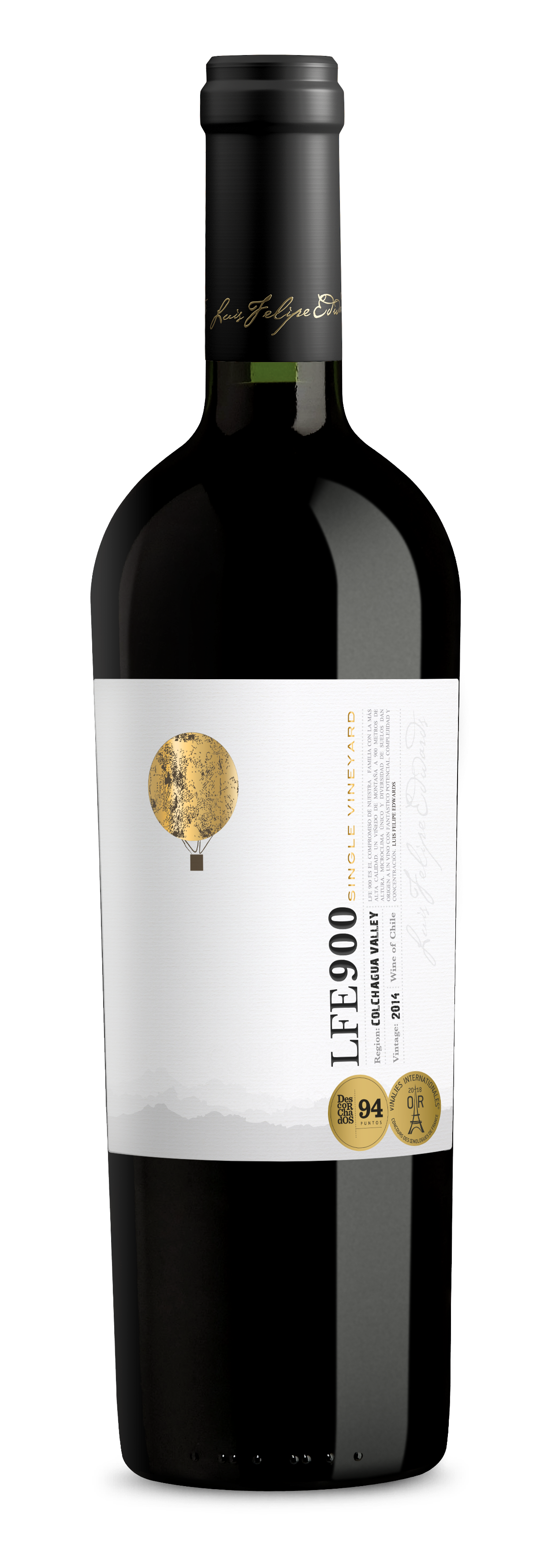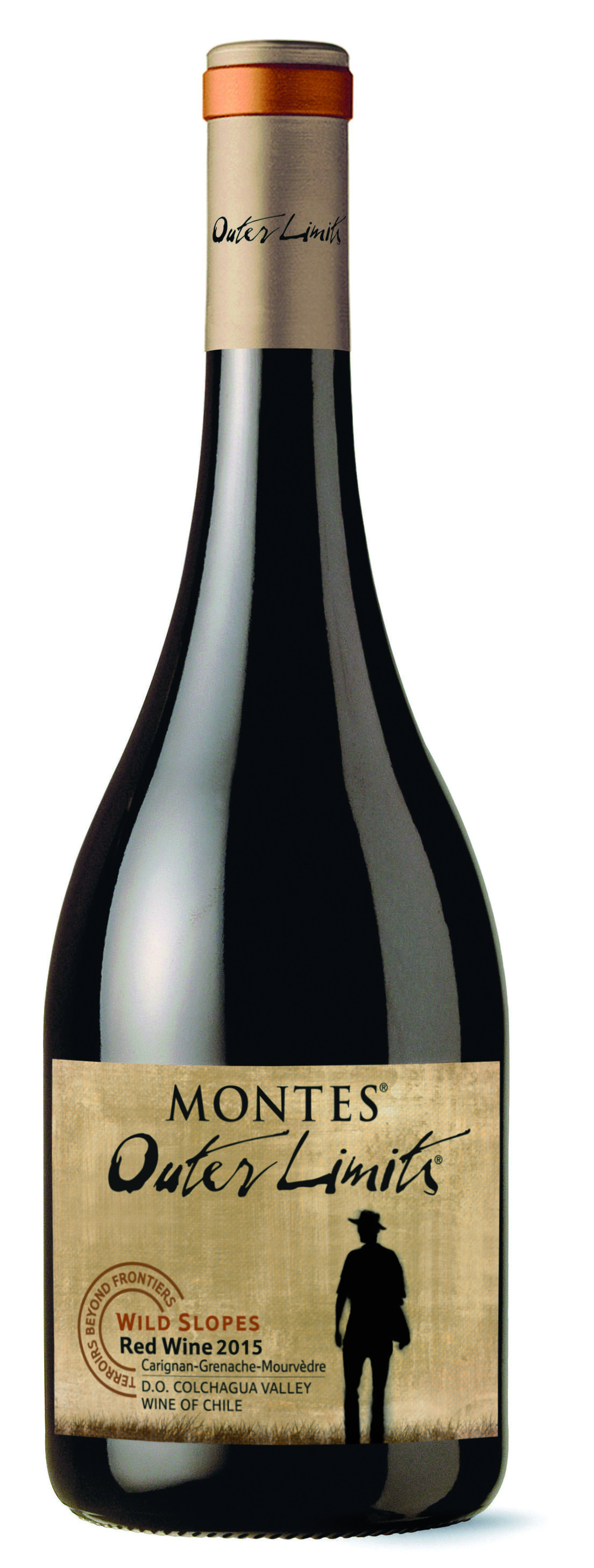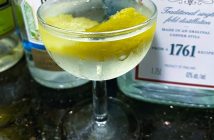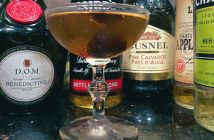
I recently spent a week tasting wine in Chile’s Colchagua Valley. On my last trip there a few years ago, I visited a number of regions, but this time my focus was exclusively on Colchagua Valley. Over the course of my time there, I met winemakers, viticulturists, chefs and more. This full immersion into one region allowed me to understand not only what they’re doing today, but what they were doing yesterday and where they’re headed tomorrow. Growing site-specific wines while using various combinations of organic, sustainable and biodynamic farming practices are things that stand at the core of what Colchagua Valley is up to in 2019 and moving forward.
In the six years since my prior visit, a lot has changed. Winemakers have long been interested in producing quality, but now they have a better idea on how and where to achieve it. Planting the right grapes in each spot is a crucial primary step. Along those lines, it’s become clear that a handful of varieties including Grenache, Tempranillo, Mourvedre, Syrah and Carignan thrive in a number of locations. Quite a few wineries are producing offerings that are being called “Mediterranean blends.” This name nods to the over-arching region of the world from which these grapes hail.
Taken as a piece, these wines are approachable, food friendly, acid rich and simply studded with fresh flavors. Just a handful of years ago, these grapes were not a focus in Chile, but now, while they’re still well behind plantings of Cabernet Sauvignon and Carmenere, these grapes and the blends they produce offer a sign post to the continued innovation that Chile is focused on. Here’s a look at five wines in this category that I strongly recommend. These are wines you’ll want to drink with your friends and family over long, convivial meals. They’re equally suitable and well-priced enough to pair with takeout on a Tuesday night. The bottom line is you should be drinking them.
 Ventisquero 2017 Grey Glacier ($18)
Ventisquero 2017 Grey Glacier ($18)
This offering is composed of Grenache, Carignan and Mourvedre. The fruit is from a single block planted on a hillside in Apalta. Blueberry and violet aromas are the most evident aromatics. The palate is stuffed with a core of wild, red berry flavors dotted with a dense splash of spices. Earth and mineral notes drive the above average finish. All five of these wines are good values, but this one is a real steal.
Viu Manent ViBo 2015 Punta del Viento ($19)
Grenache, Syrah and Mourvedre are blended together here. Subtle leather and booming black raspberry aromas fill the nose. Savory herbs and oodles of red berry fruit flavors drive the abundant palate. Minerals and spice are evident on the long, mouth-watering finish.
Montes 2015 Outer Limits ($23)
A blend of Carignan, Grenache and Mourvedre were blended to create this offering. Red raspberry and currant are evident on the nose. The medium-bodied palate shows off wild strawberry, red cherry, light savory herbs and bits of spice. Bits of black tea emerge on the long finish. Everything is tied together in a core of intense acidity.
 Luis Felipe Edwards 2014 LFE900 Single Vineyard ($25)
Luis Felipe Edwards 2014 LFE900 Single Vineyard ($25)
Syrah, Mourvedre, Tempranillo and Grenache are also joined by a dollop of Cabernet Sauvignon here. Blueberry and smoked meat aromas lead the charge here. Cherry, plum and blackberry flavors dominate the palate alongside copious amounts of spice and hints of savory herbs. Earth, minerals and a dusting of baler’s chocolate each emerge on the impressively long finish.
Koyle 2016 Cero Basalto ($29)
This offering blends together Mourvedre, Grenache, Syrah and Carignan. Red apple and bits of orange zest dot the nose here. Raspberry, cherry, leather and a treasure trove of spices drive the palate. Bits of graphite, earth and more are evident on the long, firm finish. Firm acid keeps things mouth-watering and food friendly. Koyle has been producing an impressive range of wines for close to a decade now, and Cerro Basalto is another noteworthy offering in their portfolio.
Check out Gabe’s View for more wine reviews, and follow Gabe on Twitter!
Tags: Chilean wines, wine reviews


